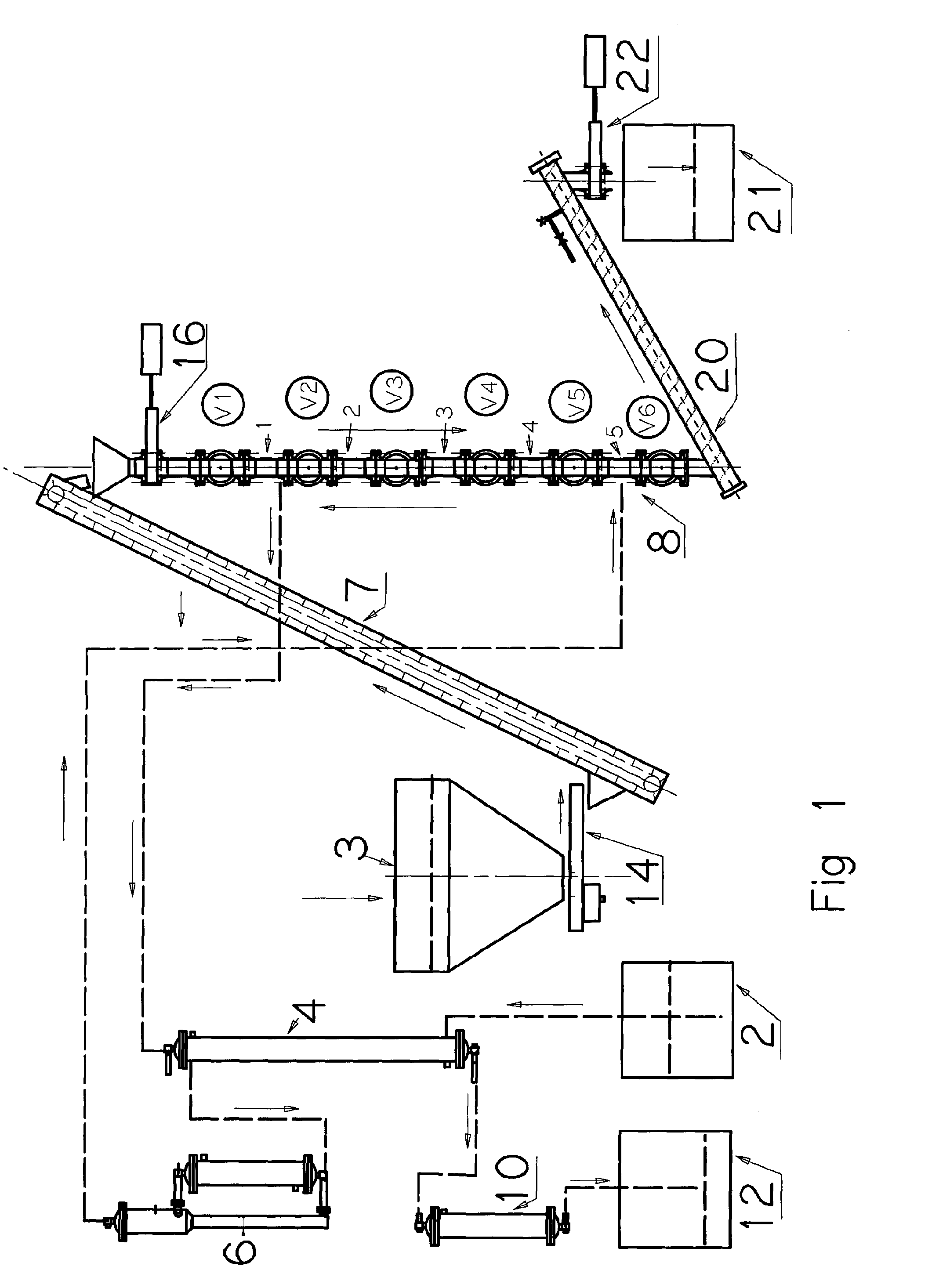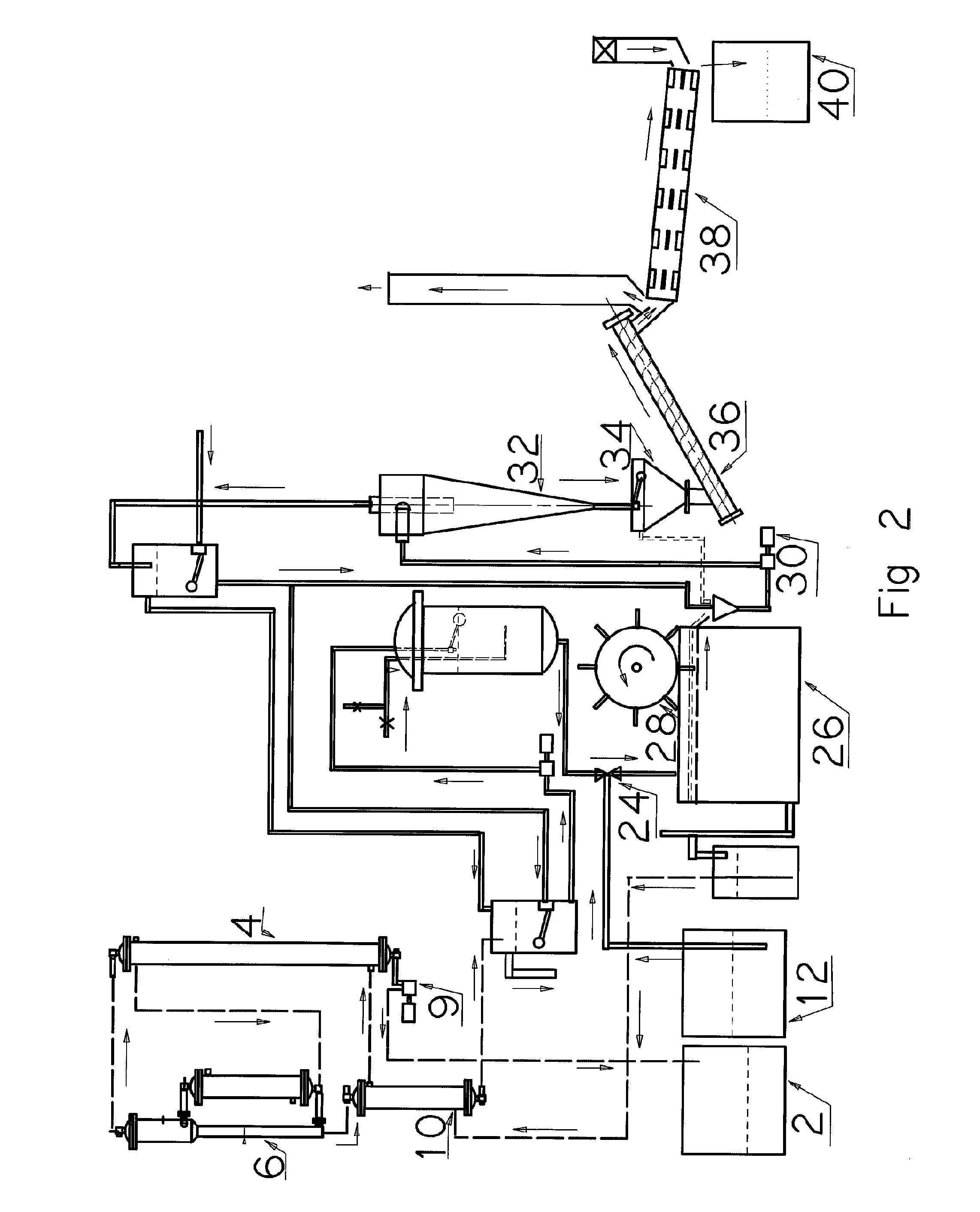Method for removal of toxic waste from timber
a technology for toxic waste and timber, applied in the field of processing technology, can solve the problems of limited high-value product yield, high waste generation, and high processing cost, and achieve the effect of minimising loss
- Summary
- Abstract
- Description
- Claims
- Application Information
AI Technical Summary
Benefits of technology
Problems solved by technology
Method used
Image
Examples
Embodiment Construction
[0092]In the present description, certain specific details are set forth in order to provide a thorough understanding of various embodiments of the disclosure. However, upon reviewing this disclosure one skilled in the art will understand that the various embodiments disclosed herein may be practiced without many of these details. In other instances, some well-known structures, devices, control system configurations, instrumentation, valves, and other equipment and operations, and materials and compositions associated with lignin extraction, plant operations, and conversion of cellulosic residue to crude bio-oils, have not been described in detail to avoid unnecessarily obscuring the descriptions of the embodiments of the disclosure.
[0093]It should be understood that the terms “a” and “an” as used herein refer to “one or more” of the enumerated components. The use of the alternative (e.g., “or”) should be understood to mean either one, both, or any combination thereof of the alterna...
PUM
| Property | Measurement | Unit |
|---|---|---|
| Temperature | aaaaa | aaaaa |
| Temperature | aaaaa | aaaaa |
| Fraction | aaaaa | aaaaa |
Abstract
Description
Claims
Application Information
 Login to View More
Login to View More - R&D
- Intellectual Property
- Life Sciences
- Materials
- Tech Scout
- Unparalleled Data Quality
- Higher Quality Content
- 60% Fewer Hallucinations
Browse by: Latest US Patents, China's latest patents, Technical Efficacy Thesaurus, Application Domain, Technology Topic, Popular Technical Reports.
© 2025 PatSnap. All rights reserved.Legal|Privacy policy|Modern Slavery Act Transparency Statement|Sitemap|About US| Contact US: help@patsnap.com



